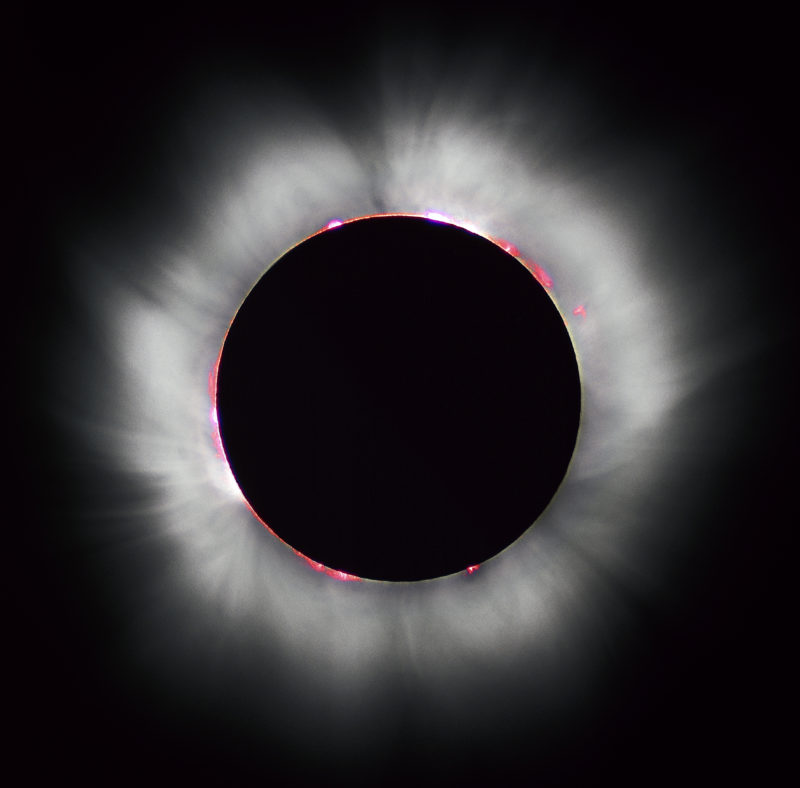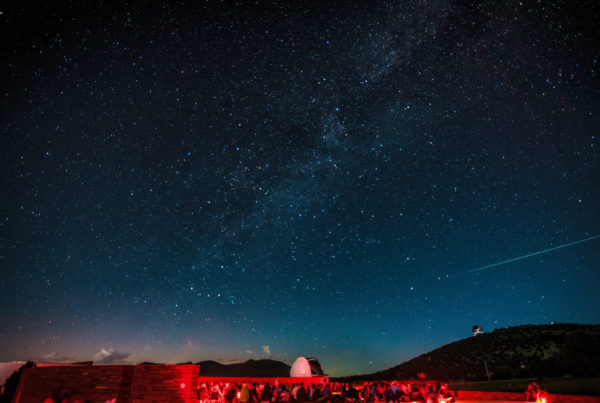You may have heard a certain celestial phenomenon happening on Monday. They’re calling it the Great American Eclipse. The moon’s shadow is cutting a path straight through the middle of the country, from Oregon southeast to South Carolina. You w’ll be able to catch a glimpse of the partially-obscured sun from anywhere in the country. But how should you watch the eclipse, and-why should you care about this it anyway?
Damond Benningfield is science writer and producer for the StarDate radio program, which is produced by the the McDonald Observatory says eclipses fascinate us because they are so unusual, and visually striking. Though partial eclipses are fairly common, a total eclipse like the one due on Monday is rare. Those in the direct path of the total eclipse will see the sky go completely dark as the moon passes in front of the sun, leaving a ring of light surrounding the moon’s shadow.
The total eclipse will not be visible in Texas, though many will be able to see a partial eclipse – a shadow crossing the sun, and perhaps a somewhat darkened sky. North Texans, and those in areas with clear skies above, have the best eclipse viewing options in the state.
To see the partial eclipse, Benningfield says, observers should use eclipse glasses or other eye protection.
Written by Shelly Brisbin.
















